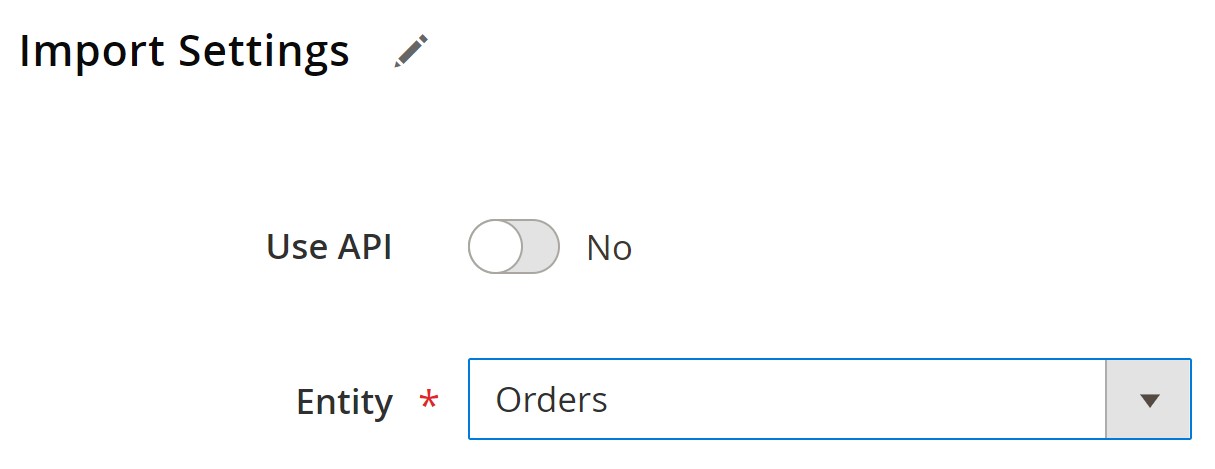Magento 2 B2B Quote Guide: Description, Workflow, Import & Export

Today, we discuss one of the Magento 2 B2B aspects – negotiable quotes. If you are going to migrate from one B2B e-commerce website to another, you may face a problem when Magento 2 quotes cannot be moved with the help of the default Magento 2 tools. If you don’t plan the migration but need the Magento 2 B2B quote data to be passed to a third-party service for further processing, there is also a problem. You have to do everything manually, wasting a significant amount of time. But what if there is a more user-friendly way of importing and exporting Magento 2 negotiable quotes?
In the following article, we shed light on the most intuitive and user-friendly way to import and export Magento B2B quote data. But let’s first define negotiable quotes in Magento 2 and say a few words about the Magento 2 B2B quote workflow. After that, you will learn the exquisiteness of quote import and export, including a full list of attributes necessary to transfer B2B negotiable quotes to Magento 2.








